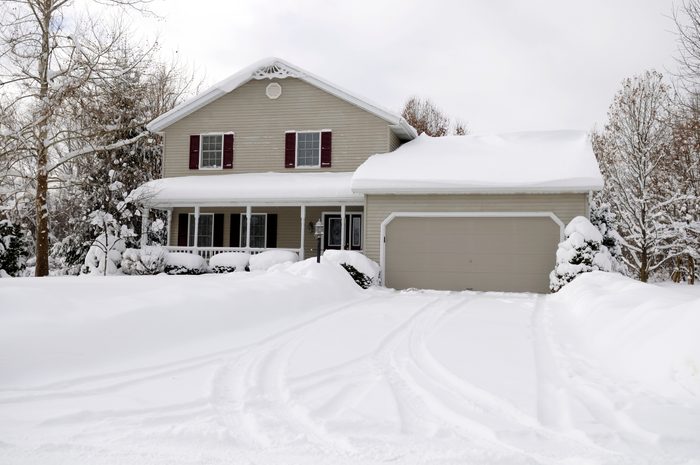Thousands of snow removal injuries occur each year. These tips will keep you, and others, safe this winter.
10 Tips to Safely Remove Snow and Ice

Stretch
Snow shoveling is physically demanding. Like any strenuous activity, you should stretch your muscles properly before you start.
Stretch your upper and lower body, including your back and core. Arm, shoulder and leg swings, along with back rotations, are important exercises before snow removal, according to Barclay Physical Therapy, which includes instructions on its websites.
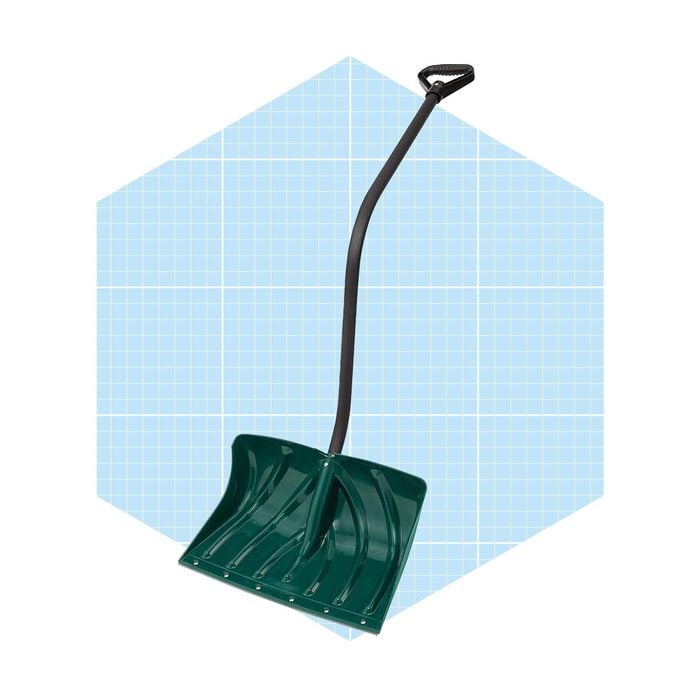
Make Sure You’re Using the Right Tool
Not all snow removal equipment is built the same. An ergonomic shovel with a bent handle reduces bending when lifting, which limits the stress on your back.
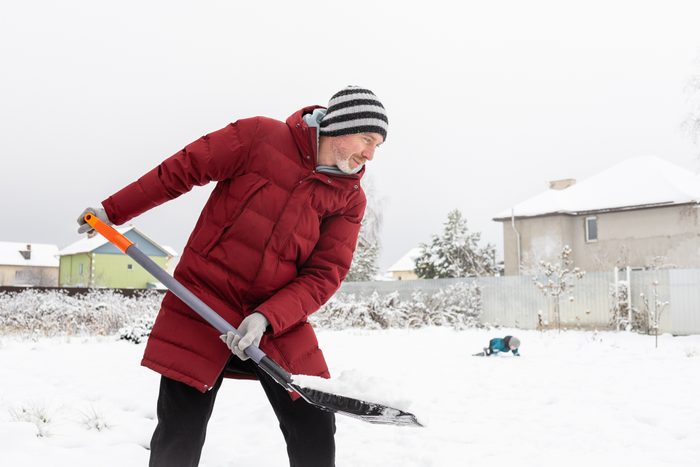
Wear Protective Clothing and Gear
It’s imperative to wear gloves, a head warmer, long pants and long sleeves while snow shoveling. Prolonged exposure to freezing temperatures can lead to frostbite, most commonly on the fingers, toes, nose, ears, cheeks and chin, according to Mayo Clinic.
“In wind chill of minus-16.6 degrees … frostbite can occur on exposed skin in less than 30 minutes,” according to the Mayo Clinic website.
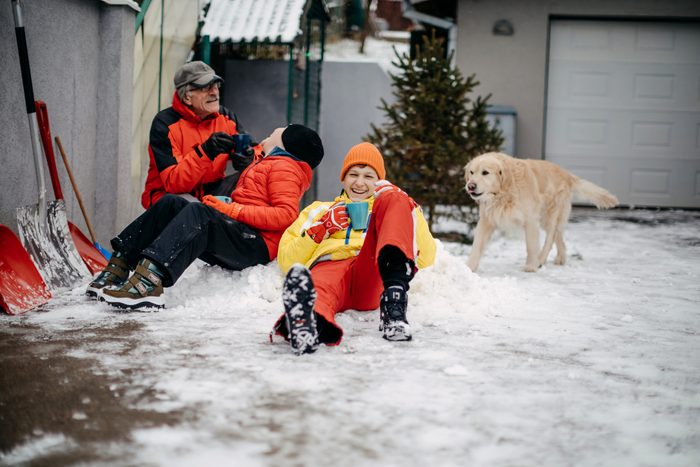
Take Frequent Breaks
Listen to your body. Shoveling a small front porch or deck might not be too strenuous, but a long driveway or sidewalk can tax your body. Stop if you feel any pain, and resume after rehydrating and warming up. Do not shovel snow if you have a history of heart health issues.
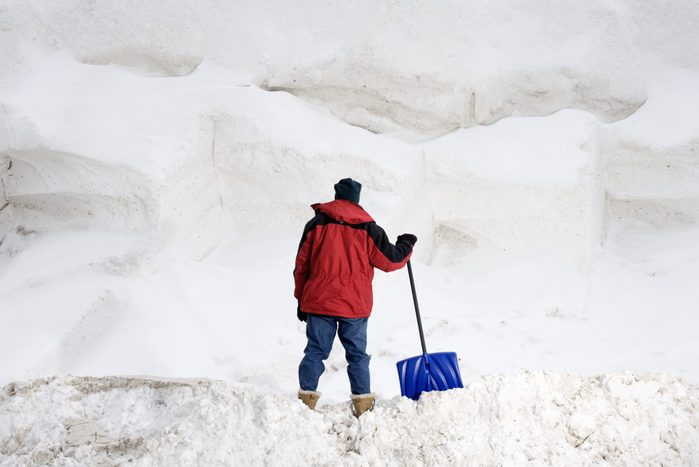
Don’t Move Too Much Snow at Once
Snow shoveling isn’t a race. Lifting or pushing too much snow at once can strain your neck or back. It’s better to do smaller, more frequent lifting than to overload your shovel each time.
Here’s a handy snow removal hack: Use a leaf blower or shop vac to clear out as much snow as possible before finishing the job with your shovel.
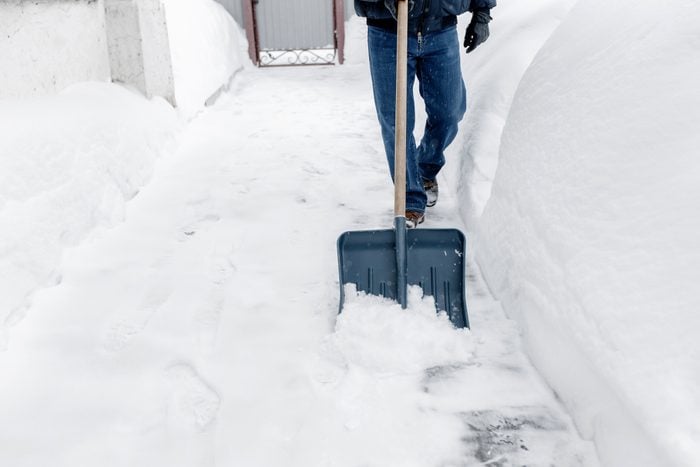
Push the Snow Instead of Lifting it
There’s a right and a wrong way to remove snow. Pushing instead of lifting is less strenuous and more efficient. Use a deep shovel to scoop the snow and push it away, rather than lifting the heavy shovel high off the ground.
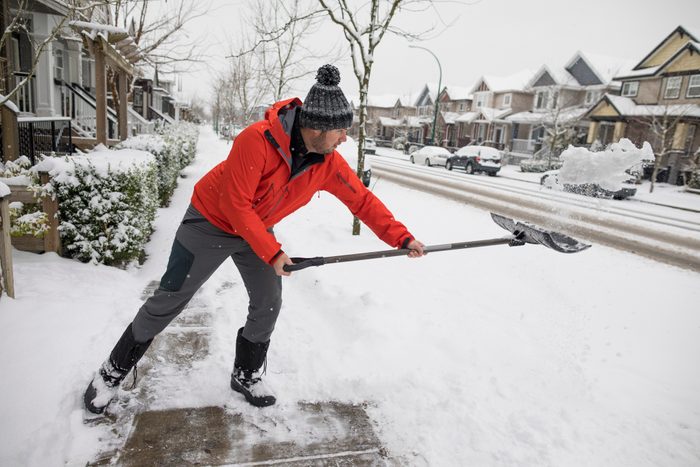
Lift With Your Legs, Not Your Back
Anyone who’s weight trained or lifted heavy moving boxes knows you always lift with your legs, NOT your back. Bend your knees to distribute the weight. Lifting heavy items with locked knees and a stiff back may result in a doctor visit.
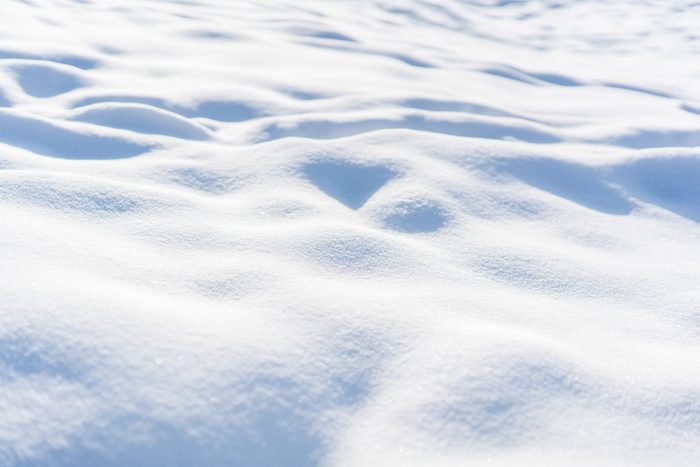
Shovel When Snow is Fresh and Powdery
When possible, shovel fresh, powdery snow while it’s still falling rather than waiting until the snow storm has passed. Fresh snow is lighter and easier to move.
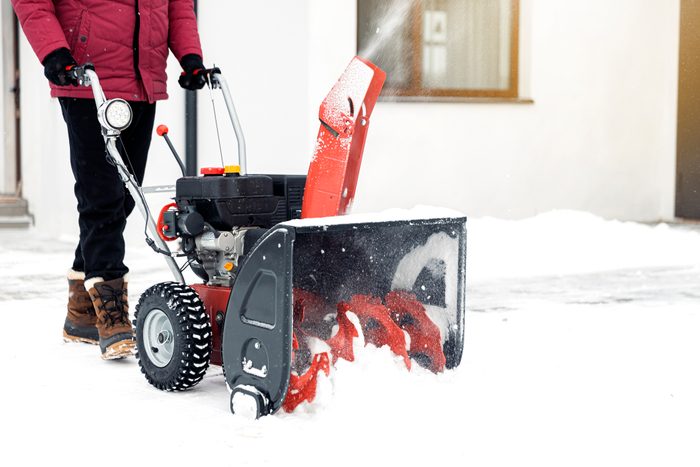
Start Gas Powered Snow Blowers Outside
Gas powered snow blowers release harmful exhaust fumes. Start any gas-powered snow blower outside; even starting it in a garage with the door open is dangerous. Also, refuel the machine outside after it has cooled down, not in the garage.
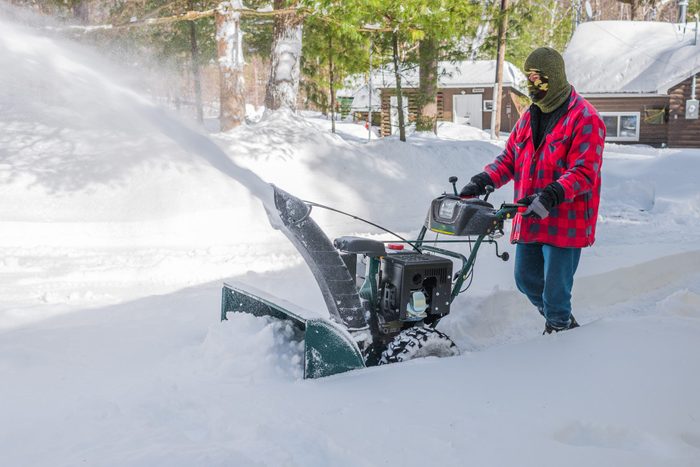
Be Cognizant of the Snow Blower Chute
Snow blowers are more powerful than many people realize, and they often pick up rocks and other small debris along with snow. Never point the blower chute at people, windows, vehicles, etc. One tiny pebble ejected with force can shatter a neighbor’s window — or one of yours.





















